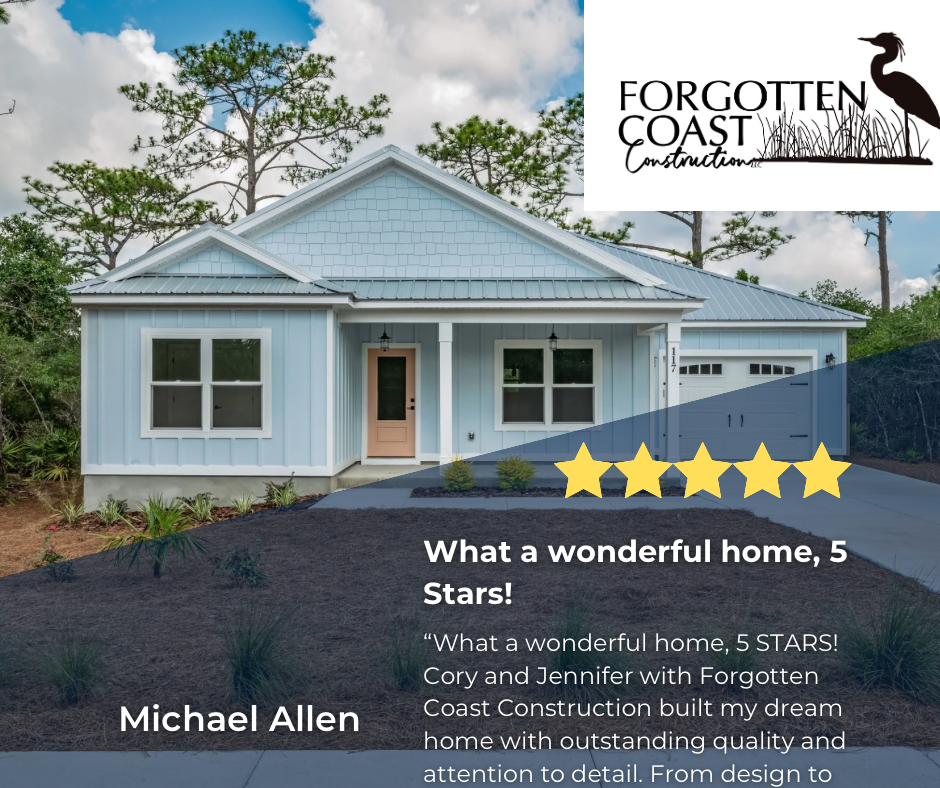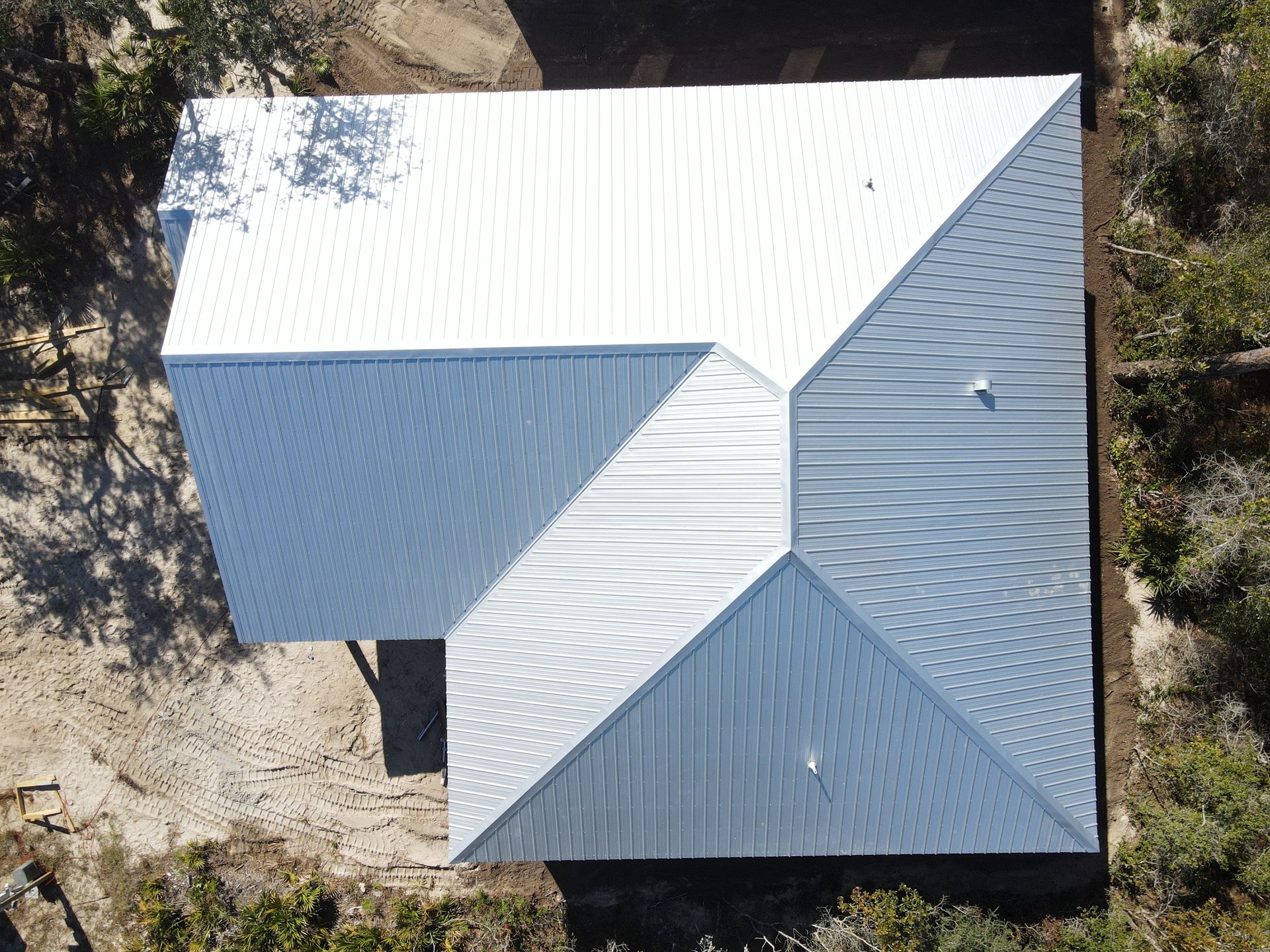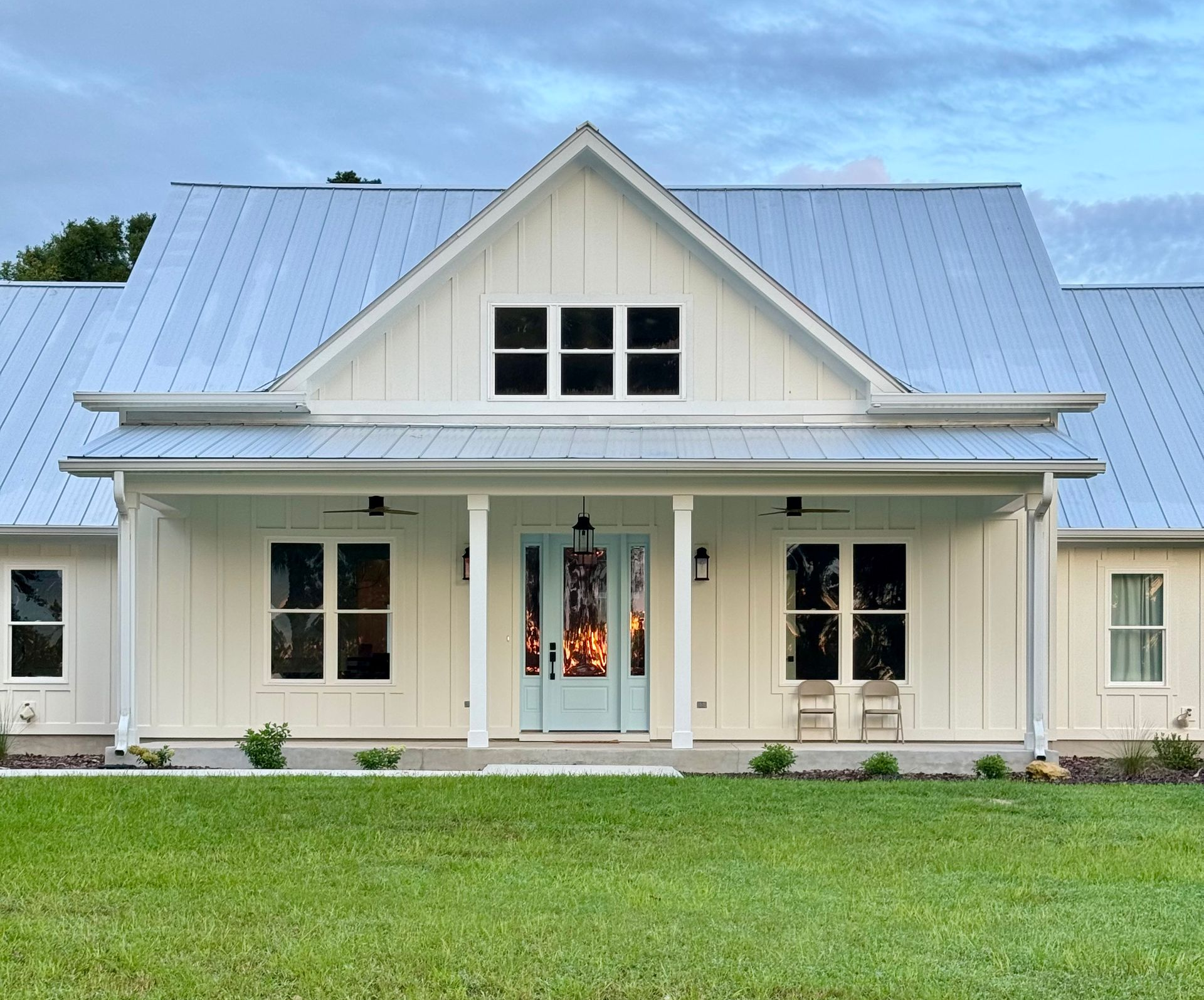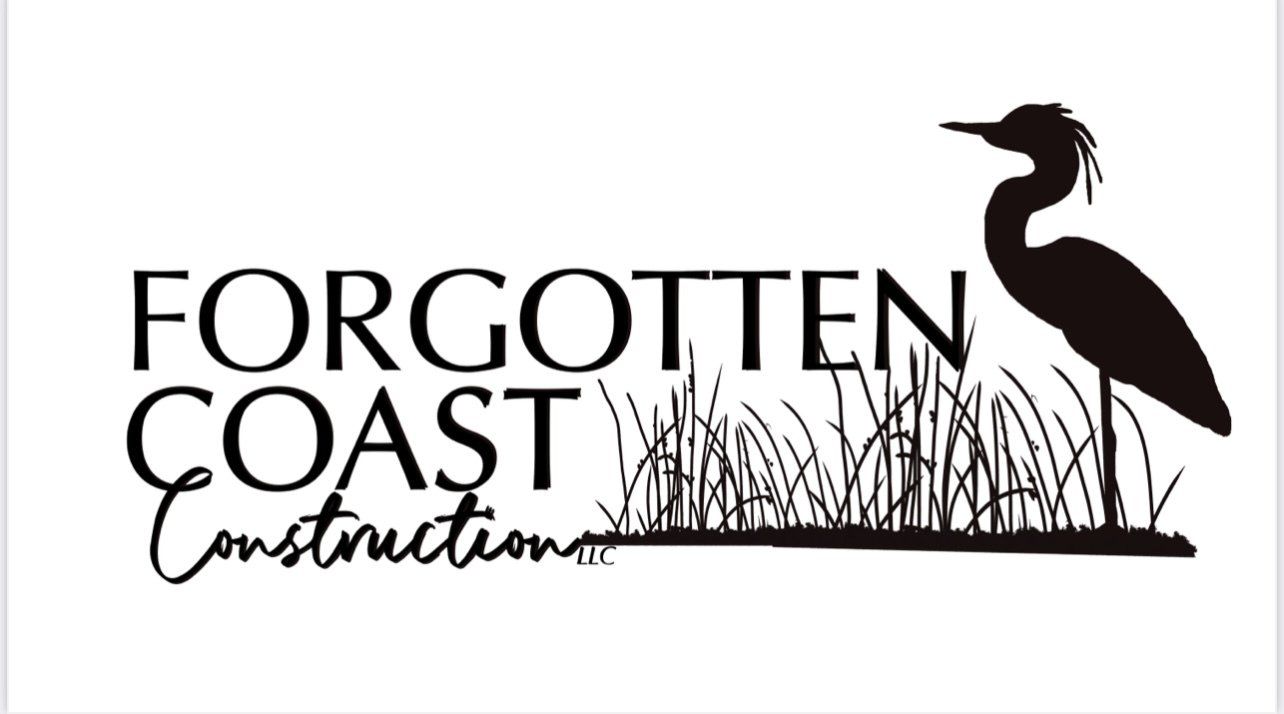Forgotten Coast Construction LLC
Providing High-Quality Homes at Affordable Prices

Affordable Home Builders in Franklin County Florida: Building a Future on Florida's Forgotten Coast
Florida's Forgotten Coast is a hidden gem nestled along the Gulf of Mexico, boasting pristine white sandy beaches, abundant wildlife, and breathtaking sunsets. This picturesque region encompasses Franklin County, a place known for its rich history, charming coastal towns, and laid-back atmosphere. As the desire to escape bustling cities and enjoy a simpler way of life grows, more people are turning to this idyllic locale to build their dream homes. In this article, we will explore the importance of affordable home builders in Franklin County, Florida, and how they contribute to the growth and development of the Forgotten Coast.
With its natural beauty and relaxed lifestyle, Florida's Forgotten Coast has become a sought-after destination for individuals seeking a tranquil coastal living experience. However, finding affordable housing options can be a challenge, especially for those with limited budgets. This is where affordable home builders play a crucial role in meeting the growing demand for reasonably priced homes.
Affordable home builders in Franklin County, Florida, bridge the gap between the desire for coastal living and the reality of limited budgets. These builders specialize in designing and constructing homes that are not only aesthetically pleasing but also affordable. By leveraging their expertise and knowledge of cost-efficient construction techniques and materials, these builders deliver homes that meet the needs and aspirations of homeowners without breaking the bank.
Affordable home builders in Franklin County, Florida, employ innovative construction methods and utilize affordable yet durable materials to ensure the longevity of the homes they build. They understand the importance of balancing affordability with quality to create homes that can withstand the coastal elements and provide comfort and peace of mind to homeowners.
In addition to affordability and quality, affordable home builders in Franklin County, Florida, are increasingly embracing sustainable building practices. As environmental consciousness grows, homeowners are seeking energy-efficient and eco-friendly homes. These builders incorporate energy-saving technologies, such as solar panels and energy-efficient appliances, into their designs. They also prioritize the use of eco-friendly materials that minimize environmental impact while maintaining affordability.
Affordable home builders not only contribute to the development of the Forgotten Coast but also support local communities in various ways. They generate employment opportunities, creating jobs for local workers and stimulating the local economy. By using locally sourced materials whenever possible, these builders further contribute to the growth of nearby businesses, supporting the region's prosperity.
Affordable home builders in Franklin County, Florida, play a vital role in shaping the future of the Forgotten Coast. By making coastal living attainable for individuals with limited budgets, these builders help fulfill the dreams of many who yearn for a simpler and more serene way of life. Through their commitment to affordability, quality, sustainability, and community development, they contribute significantly to the growth and prosperity of the region. As the demand for affordable housing continues to rise, these builders will continue to ensure that the Forgotten Coast remains a place where dreams become a reality.








